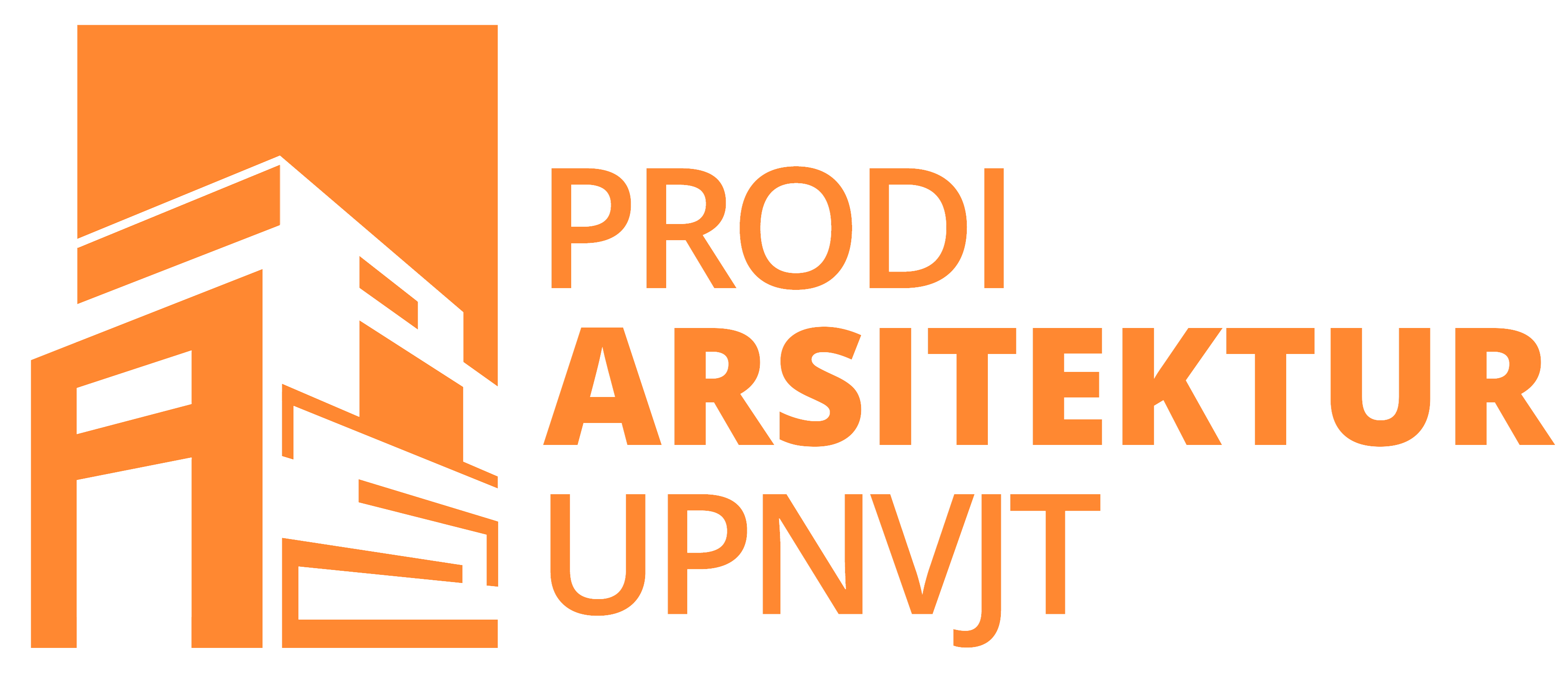EFFECT OF INNER COURT PROCESSING ON DAYLIGHTING OF UPI CIBIRU BUILDING
DOI:
https://doi.org/10.33005/border.v5i1.743Keywords:
daylighting factor, inner court, natural lighting, computer simulation, velux daylight visualizer 3.0Abstract
Daylighting is an important aspect of building design. Inner Court is an area in the building in the form of a garden or open space with openings on it so that natural lighting can enter. The Inner Court serves as a source of natural lighting that can provide visual comfort for users. This study aims to investigate the success of the Inner Court's influence on daylighting in lecture buildings at the University of Education Indonesia (UPI), Cibiru. The research method used is descriptive quantitative, to analyze, describe and review the object under study in accordance with the existing conditions and draw conclusions from the phenomenon using computer simulations through the Velux Daylight Visualizer program. The research focused on knowing, testing, and measuring the extent of the success of natural lighting of buildings in the Inner Court compared to without Inner Court, by producing the results of natural light obtained and measuring the ideal suitability of natural lighting with SNI in the inner space. The results show that the existence of inner court is very effective in meeting the needs of natural lighting compared to when natural lighting only relies on side openings, without using inner court. The results of the comparison of the two differences in building preparations show a very significant difference in the fulfillment of natural lighting standards according to SNI standards. The existence of Inner Court helps fulfill the needs of natural lighting, visual comfort, and reduces the use of artificial light, thus contributing to the energy efficiency of the building.

















